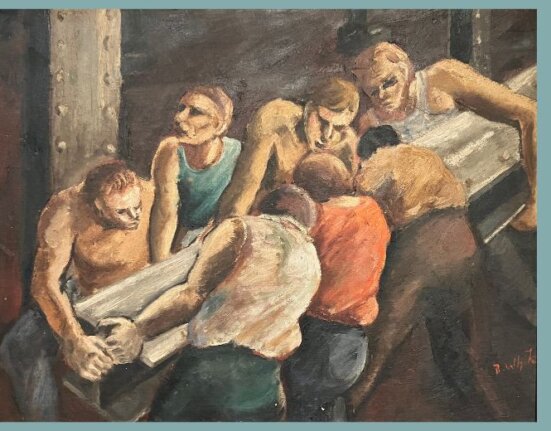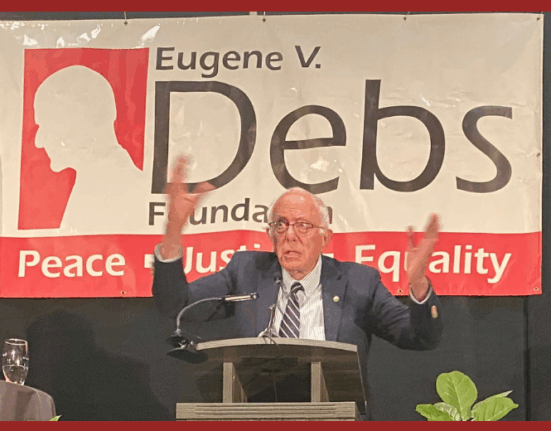Patrick Dixon explores the class elements of Little Fires Everywhere, a novel and Hulu miniseries.
Celeste Ng’s 2017 novel Little Fires Everywhere, a tale of suburban conflict in 1990s Shaker Heights, Ohio, was a popular success and front-of-the-store bestseller in many of the surviving bookstores across the country. It has now been adapted as a high-profile Hulu miniseries featuring Reese Witherspoon and Kerry Washington in the story’s lead roles as Elena Richardson, a journalist with the local newspaper, and single-mother Mia Warren, a nomadic artist who rent’s Elena’s spare condo and takes on some additional hours as her housekeeper while also working shifts as a server in a Chinese restaurant. Over time their initially cordial relationship begins to fray, a situation complicated by the evolving friendships between Mia’s daughter and Elena’s four offspring.
At the center of Ng’s novel is a conflict centered around questions of class and social and cultural capital and the ways that they are exercised. Elena has industriously worked to both attain and preserve traditional measures of success: a marriage to an accomplished lawyer and a large home, children with academic and athletic prospects, and a good name within middle class white society, yet she feels anxious to protect her standing as her fourth child explores increasingly unorthodox forms of self-expression.

The unwritten rules of the suburban middle class are thrown into contrast by Mia’s ambivalence to them: she is not bound by a relationship, a mortgage, or a peer group; this apparent sense of liberation and the notion that her artistic contributions are subject to some level of acclaim in the country’s greater metropoles unsettles Elena, making her feel overly-conventional and parochial. Little Fires Everywhere resembles Sinclair Lewis’s classic novel Main Street (1920) in certain clear ways; an outsider’s encounter with suffocating norms in small town American society where the day-to-day concerns of residents are depicted as trivial and political attainment within a human fish bowl is portrayed as almost ridiculous and unworthy of acclaim.
In Hulu’s eight-hour miniseries released this March, Mia Warren and her daughter Pearl, racially non-specified in the novel, are cast as African-American, and while many of Ng’s original elements remain intact, the locus of the story shifts. In the context of the United States in the 1990s, we know early on that when Elena tells her daughter’s boyfriend, who is black, that she marched with Dr. King, it is more revealing of the limitations of her worldview than of a genuine depth and pathos. Whereas Ng’s novel more subtly infers the existence of these prejudices, Hulu’s miniseries bring them into the foreground and in doing so heightens the level of exotification with which the Richardsons regard Mia and Pearl.
What emerges is a familiarly depressing tableau in which at-times well-meaning white people and black people struggle to live alongside and fully comprehend one another within a community, with the burden of responsibility falling squarely on the shoulders of the former. Setting the tale in the 1990s allows the storytellers to portray the majority white population as more blithely ignorant than might be believable today.
Released in the midst of a global pandemic I found the televisual version of Little Fires Everywhere to be vivid and dramatic but also quite dispiriting and pessimistic; it is perhaps understandable that the multiracial triumph of Michael Jordan’s 1998 Chicago Bulls depicted in ESPN’s The Last Dance was more successful in capturing the public imagination. In the few short months since its initial release the US has entered into a new paroxysm of racial examination and, for many, introspection. While neither monumental nor profound, the dramatization of Little Fires Everywhere does nonetheless represent a valuable re-evaluation of the meaning of a recent past that viewers over the age of thirty will be old enough to remember.





